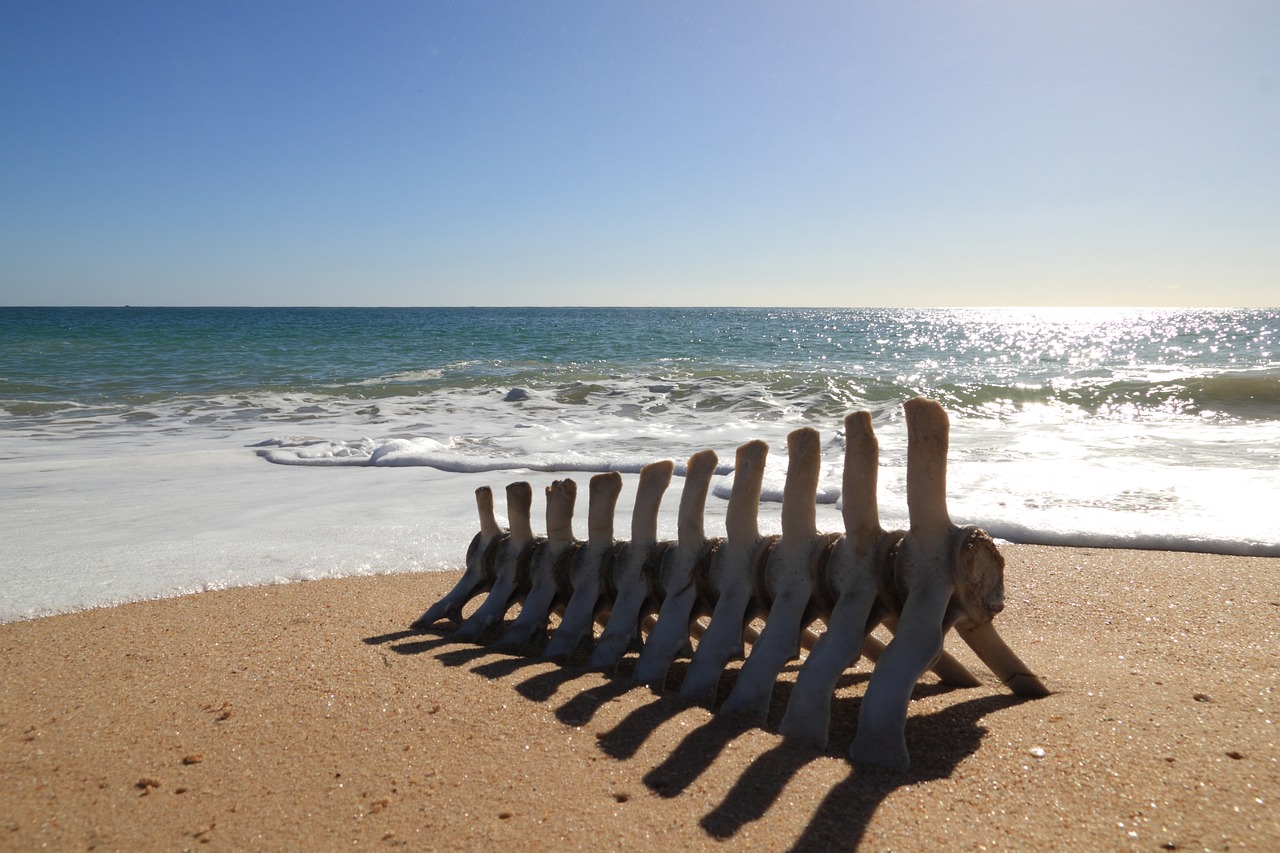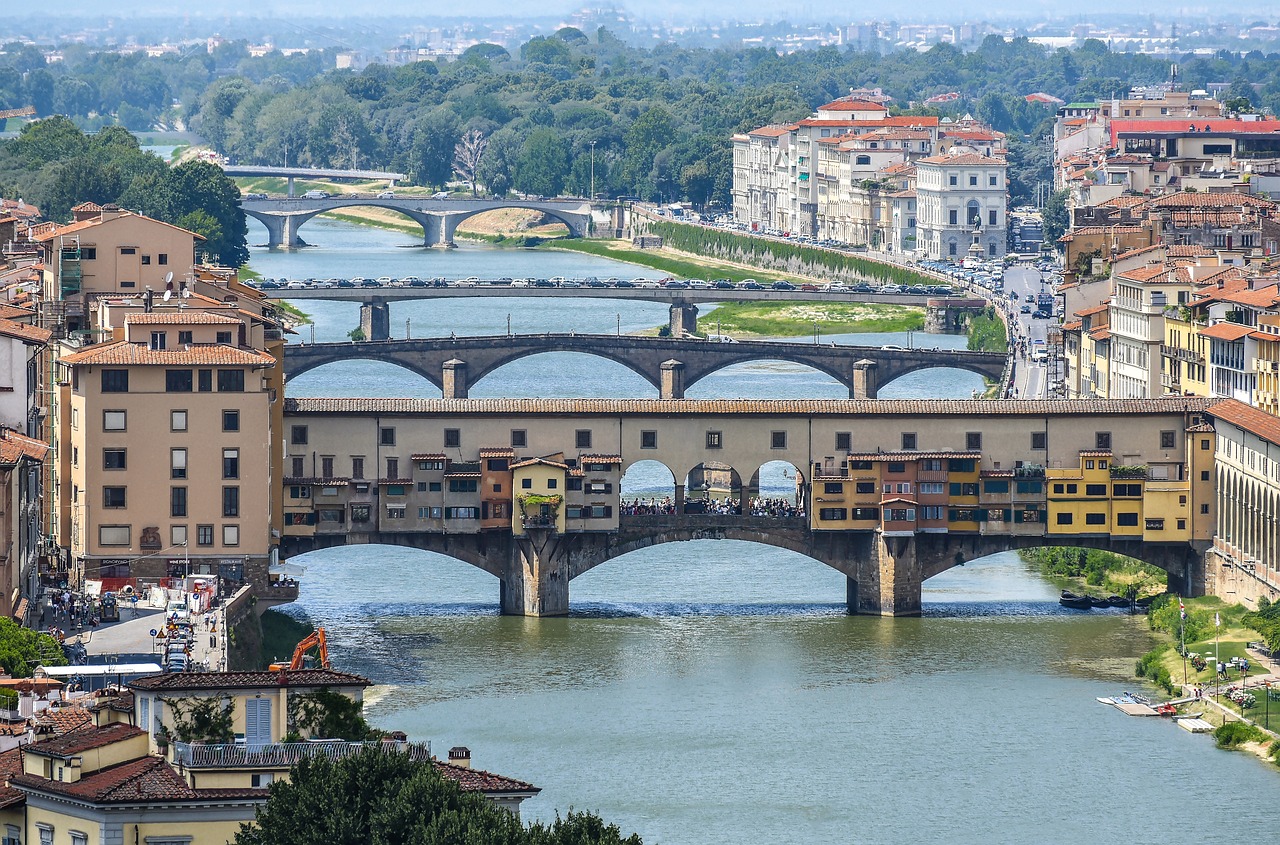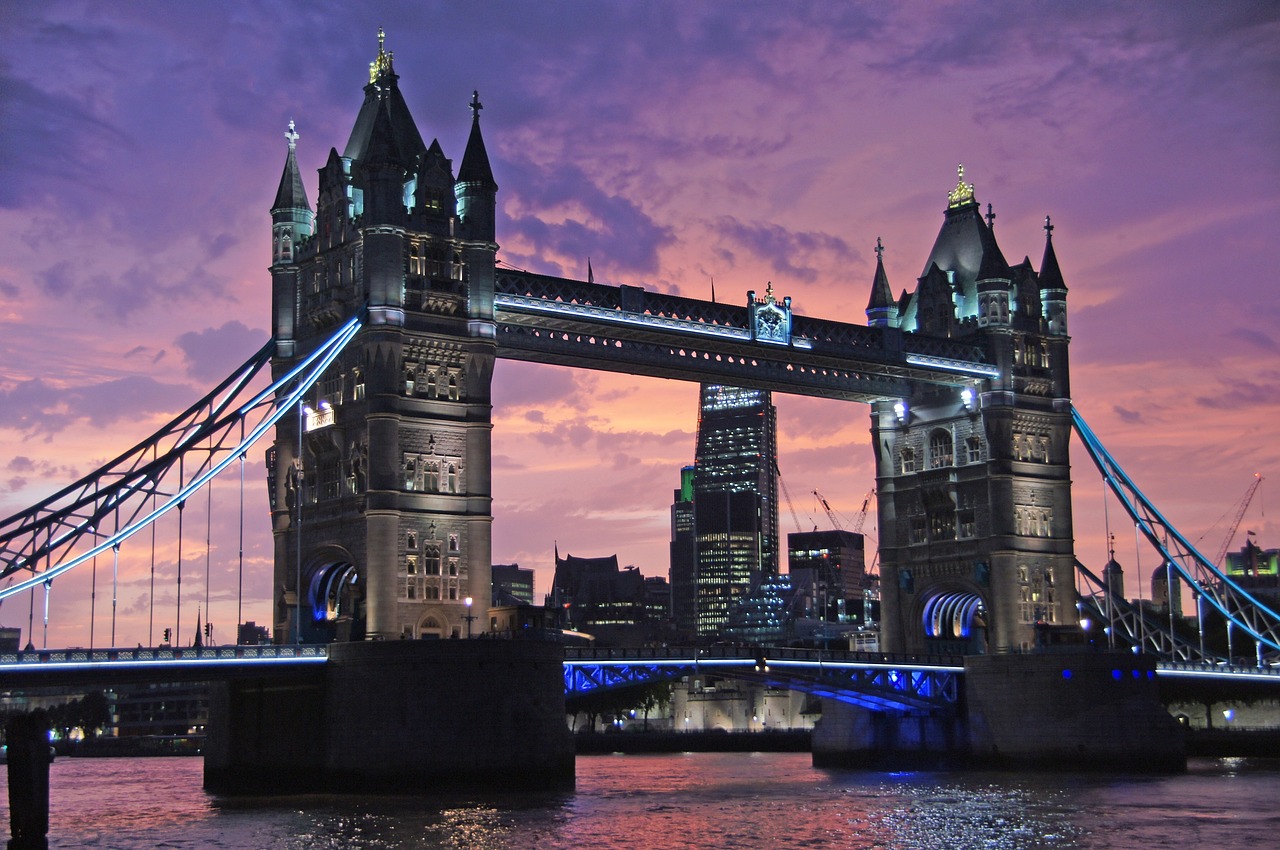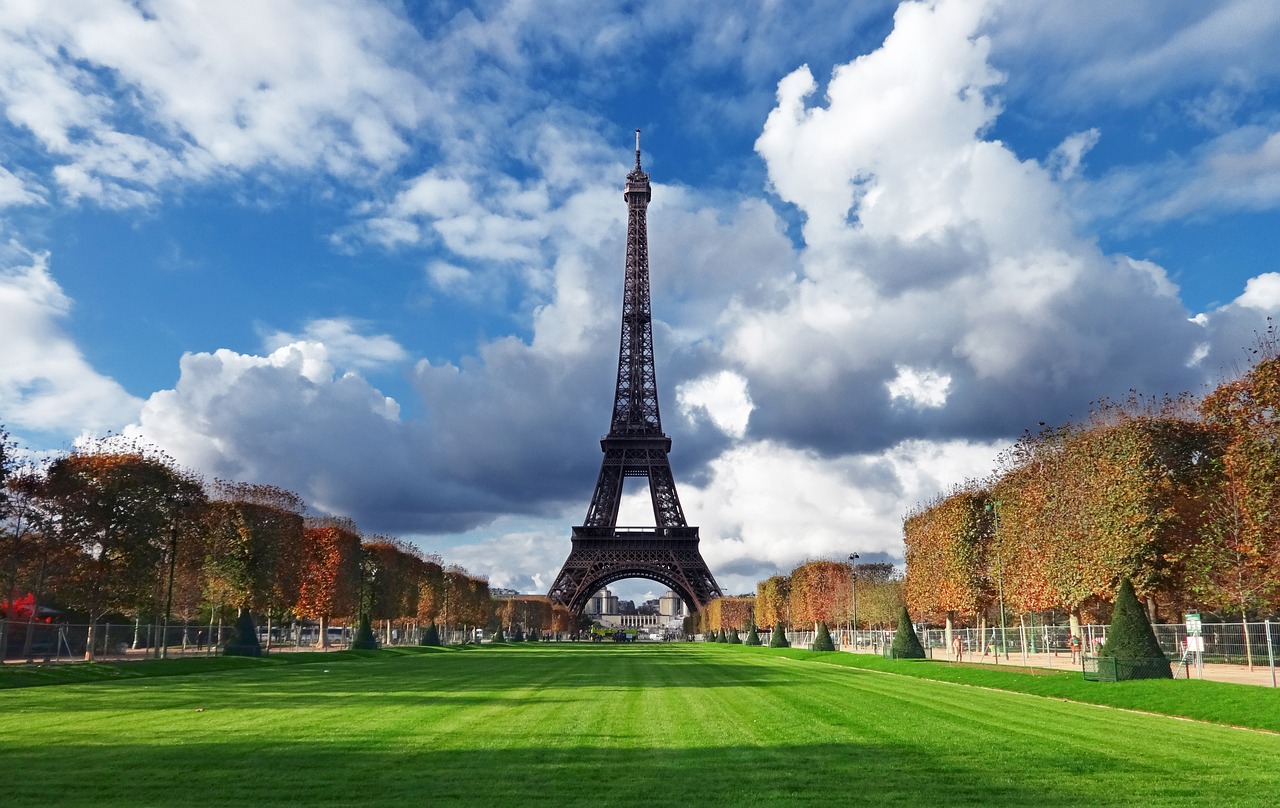Faro is a city located in the southernmost region of Portugal, known as the Algarve. It is the capital city of the Algarve region and is situated on the coast of the Atlantic Ocean.
Short History
Faro is a city located in the south of Portugal, in the region of Algarve. It is the capital of the district of Faro and has a population of around 65,000 people. The city dates back to Roman times when it was known as Ossonoba. During the period of Arab rule, it became known as Santa Maria, and later it was conquered by the Portuguese in the 13th century. Throughout the centuries, Faro has been an important center for trade, fishing, and tourism. Today, it is one of the most popular tourist destinations in Portugal, known for its historic sites, beautiful beaches, and vibrant culture.
Architecture
Faro has a rich architectural heritage that reflects the city’s long and varied history. The city’s architecture is a blend of Roman, Moorish, Renaissance, Baroque, and modern styles. Here are some of the most notable architectural landmarks in Faro:
- Faro Cathedral (Sé de Faro) – a Gothic-style cathedral built in the 13th century.
- Arco da Vila – a triumphal arch that dates back to the 19th century and serves as the entrance to the old town.
- Igreja do Carmo – a church that combines Baroque and Rococo styles, featuring a stunning tiled façade.
- Palacete Belmarço – a 19th-century palace that was restored and turned into a museum showcasing the history of Faro.
- Municipal Museum of Faro – housed in a former convent, the museum displays a collection of artifacts from the region’s history.
- Convento de Nossa Senhora da Assunção – a 16th-century convent that now serves as the city hall.
- Lethes Theatre – a 19th-century theater that still hosts cultural events today.
- Episcopal Palace of Faro – a Baroque-style palace that was the residence of the Bishop of the Algarve.
- São Francisco Church – a 17th-century church that features a Baroque façade and an impressive interior with ornate decorations.
- Ria Formosa Natural Park – a protected area with diverse flora and fauna and stunning views of the lagoon and the sea.
The architecture of Faro is a testament to the city’s rich history and cultural heritage. Visitors to the city can admire a blend of styles from different periods and civilizations, all contributing to the unique character of the city.
Museums and Galleries
Faro is a charming coastal city located in the southern Algarve region of Portugal. Although the city is more famous for its stunning beaches and nature reserves, it also boasts several interesting museums and galleries worth exploring. Here are some of the most popular ones:
- Museu Municipal de Faro: This museum is located in a former convent and showcases the history of the region through a collection of archaeological finds, art, and traditional crafts.
- Centro Ciência Viva do Algarve: This interactive science museum is great for kids and adults alike, featuring exhibits on everything from astronomy to robotics.
- Museu de Arte Sacra: Housed in the beautiful Nossa Senhora da Assunção Convent, this museum is dedicated to the art and history of the local religious community.
- Museu Etnográfico Regional do Algarve: This museum offers a glimpse into the traditional way of life in the Algarve, with exhibits on everything from crafts to agriculture.
- Galeria Trem: This contemporary art gallery showcases the work of local and international artists, with a focus on sculpture, photography, and painting.
- Casa das Figuras: A modern art space with exhibits on contemporary Portuguese art and cultural events.
- Galeria Arco: A contemporary art gallery located in a restored 18th-century mansion.
- Espaço Montepio: A cultural center with rotating exhibitions, concerts, and events.
These museums and galleries offer a range of experiences, from learning about the region’s history and traditions to exploring the latest in contemporary art.
Landmarks and Monuments
Faro has a rich history and is home to many interesting landmarks and monuments. Here are some of the most noteworthy ones:
- Faro Cathedral: This historic cathedral was built in the 13th century and is one of the most iconic landmarks in Faro.
- Arco da Vila: This is a triumphal arch that dates back to the 19th century. It is located in the heart of the city and is a popular spot for tourists to take photos.
- Lethes Theatre: This historic theatre was built in the late 19th century and is a great example of Portuguese architecture from that time period.
- Carmo Church and Bones Chapel: This unique chapel features a macabre display of human bones and skulls that have been arranged into intricate patterns and designs.
- Ria Formosa Natural Park: This park is located just outside of Faro and is home to a wide range of wildlife, including flamingos, herons, and other bird species.
- São Francisco Church: This 17th-century church is known for its stunning Baroque architecture and ornate interior decorations.
- Faro Old Town: The historic center of Faro is home to many beautiful old buildings, narrow streets, and charming cafes.
- Palácio de Estói: This palace was built in the 19th century and is now a popular tourist attraction due to its stunning architecture and well-manicured gardens.
- Faro Marina: This picturesque marina is a great place to take a stroll and enjoy views of the city’s waterfront.
- Algarve Regional Museum: This museum is located in a former convent and features exhibits on the history and culture of the Algarve region.
Faro is a city with a rich history and a wide range of interesting landmarks and monuments to explore. From historic churches and cathedrals to natural parks and museums, there is something for everyone in this charming Portuguese city.
Parks and Green Spaces
Faro is known for its beautiful beaches, historic landmarks, and lush natural surroundings. Here are some of the top parks and green spaces worth visiting in Faro:
- Ria Formosa Natural Park: This stunning natural park covers over 18,000 hectares and features a variety of ecosystems, including marshlands, dunes, and lagoons. Visitors can enjoy hiking, birdwatching, and kayaking.
- Quinta do Lago Nature Reserve: Located just outside Faro, this nature reserve is a great place to spot a variety of bird species, including flamingos, storks, and herons. There are also several walking trails and picnic areas.
- Parque Natural da Ria Formosa: This beautiful park is located just east of Faro and offers a variety of outdoor activities, including hiking, cycling, and birdwatching. There are several picnic areas and viewpoints overlooking the stunning coastline.
- Jardim Manuel Bivar: This public garden is located in the heart of Faro and features a variety of native and exotic plant species, as well as a large fountain and several benches for relaxation.
- Parque de la Alameda: This large park is located just outside the city walls and features a variety of walking paths, playgrounds, and picnic areas. There are also several statues and monuments commemorating the city’s history.
- Mata Nacional de Barão de São João: This beautiful forested area is located just outside Faro and is a great place for hiking and mountain biking. There are several well-marked trails and picnic areas.
- Parque da Cidade: This large park is located just west of Faro and features several walking and cycling trails, as well as a lake and several picnic areas. There are also several sports facilities, including tennis courts and a skate park.
Overall, Faro is a great destination for nature lovers, with plenty of beautiful parks and green spaces to explore.
Shopping Districts
Faro is a popular shopping destination in the Algarve region of Portugal. Here are some of the top shopping districts to explore:
- Rua de Santo António: This pedestrian street is the main shopping area in Faro and is home to a variety of shops, from high-end boutiques to souvenir stores.
- Forum Algarve: This large shopping mall is located just outside the city center and features over 100 stores, including popular international brands.
- Mercado Municipal: This indoor market is a great place to shop for fresh produce, local cheeses, and other culinary delights.
- Avenida da Liberdade: This wide avenue is lined with palm trees and features a variety of shops and cafes, making it a popular spot for strolling and shopping.
- Rua Conselheiro Bivar: This street is home to a mix of shops, including clothing stores, bookshops, and souvenir shops.
- Rua de Portugal: This street runs parallel to the waterfront and features a variety of shops and cafes, as well as beautiful views of the sea.
- Rua Vasco da Gama: This street is home to a number of artisan shops and galleries, offering unique handmade items such as pottery, jewelry, and textiles.
Food and Drink
Faro, like the rest of Portugal, is known for its delicious and varied cuisine, influenced by both the land and the sea – fresh seafood, traditional Algarvian cuisine, and sweet treats. Some of the must-try dishes and drinks include:
- Grilled sardines – a popular dish in the Algarve, these fresh fish are grilled and served with lemon and olive oil.
- Cataplana de marisco: A seafood stew made with fish, clams, prawns, and other shellfish cooked with garlic, onions, and tomatoes.
- Arroz de marisco: A rice dish cooked with a mix of seafood, vegetables, and spices.
- Cozido: A stew made with various meats, sausages, and vegetables, cooked slowly for hours to create a rich, flavorful broth.
- Piri-piri chicken: Grilled or roasted chicken marinated in a spicy piri-piri sauce.
- Pastel de nata: A small custard tart with a crispy, flaky pastry shell.
- Vinho verde: A refreshing, slightly effervescent wine that is typically served with seafood dishes.
- Ginjinha: A sweet cherry liqueur that is often served as an after-dinner drink.
- Bica: A strong espresso-style coffee that is a popular morning drink in Portugal.
- Super Bock: A popular Portuguese beer that is crisp and refreshing, perfect for a warm day.
- Port: Portugal is famous for its port wine, a sweet, fortified wine that pairs well with dessert or cheese.
These are just a few examples of the many delicious foods and drinks to try in Faro and the surrounding areas. In addition to these dishes and drinks, be sure to also try local specialties such as figs, almonds, and carob.
Transportation
Faro is a relatively small city, and it is easy to explore on foot. However, there are other options for getting around the city and its surrounding areas.
- Walking: Walking is the best way to explore the city center, with many of the main sights and attractions within walking distance of each other.
- Biking: Biking is also a popular option in Faro, and there are several bike rental shops in the city center. Cycling is an excellent way to explore the Ria Formosa Natural Park, which surrounds the city.
- Public transport: Faro has a good public transportation system, including buses and trains. The train station is located in the city center, and there are regular trains to nearby towns and cities.
- Taxis: Taxis are widely available in Faro and are a convenient way to get around the city, especially if you are traveling in a group.
- Car rental: If you want to explore the surrounding areas of Faro, renting a car is an excellent option. There are several car rental companies in the city, and driving in Portugal is generally straightforward.
- Ferry: You can also take a ferry from Faro to the nearby islands, including Ilha Deserta, Ilha da Culatra, and Ilha da Farol. The ferry leaves from the Porta Nova pier in the city center.
City Safety
Faro is generally considered a safe city for tourists. Like any city, there are some areas that may be more prone to petty crime, but visitors can generally feel secure when walking around during the day or at night. It’s always a good idea to take the usual precautions such as keeping your belongings close, being aware of your surroundings, and avoiding deserted areas at night.
Expensive or Cheap
Compared to other popular tourist destinations in Europe, Faro is generally considered to be a more affordable city. However, prices can vary depending on the season and the area of the city you are in. During the peak tourist season, prices for accommodation and food may be higher, but overall, Faro is relatively affordable.
Best Time to Travel
The best time to travel to Faro depends on personal preferences and what you hope to experience during your visit. Here’s a breakdown of what to expect during each season:
- High season (June to August): This is the peak tourist season in Faro, with warm weather and plenty of events and festivals. However, this is also the busiest time of year, and prices for accommodation and activities tend to be higher.
- Shoulder season (April to May, September to October): This is a good time to visit Faro if you want to avoid the crowds of high season but still enjoy relatively good weather. Temperatures are typically mild, and there may be occasional rain showers.
- Low season (November to March): This is the low season in Faro, with fewer tourists and lower prices on accommodation and activities. However, temperatures can be quite cool, and some outdoor attractions and restaurants may be closed.
Overall, the best time to travel to Faro largely depends on your personal preferences and what you hope to experience during your visit. If you want to enjoy warm weather and plenty of events and festivals, high season is the best time to visit, but be prepared for crowds and higher prices. If you want to avoid the crowds and enjoy lower prices, low season may be a good option, but be prepared for cooler temperatures and fewer open attractions. Shoulder season may offer a good balance between good weather and lower prices/crowds.
Date Ideas
Faro is a charming city in the south of Portugal that offers a range of activities for couples looking for a romantic date. Here are some date ideas in Faro:
- Walk in the old town: Stroll through the historic center of Faro and admire the beautiful architecture of the ancient churches, chapels, and townhouses.
- Beach day: Enjoy the sun, sand, and sea on one of the stunning beaches near Faro, such as Praia de Faro, Ilha Deserta, and Ilha da Culatra.
- Sunset boat trip: Take a romantic sunset boat trip and see the sun go down over the Ria Formosa Natural Park while sipping a glass of champagne.
- Wine tasting: Visit one of the local wineries and vineyards and enjoy a wine tasting tour, learning about the region’s famous grape varieties.
- Horseback riding: Explore the scenic countryside around Faro on horseback and enjoy the stunning views.
- Jazz concert: Catch a live jazz concert at the Teatro Lethes, a beautiful historic theater in the heart of Faro.
- Romantic dinner: Enjoy a candlelit dinner in one of the many charming restaurants in the old town, serving delicious seafood, traditional Portuguese cuisine, and international dishes.
- Nightlife: Experience the vibrant nightlife scene in Faro, with a variety of bars, pubs, and nightclubs that stay open until the early hours of the morning.
Overall, Faro is a perfect destination for couples looking for a romantic getaway, with its beautiful beaches, historic town, and range of activities to suit all tastes.
Fun and Interesting Facts
Some fun and interesting facts about Faro:
- Faro is the capital of the Algarve region in Portugal and is known for its beautiful beaches, historic landmarks, and lively nightlife.
- The city was founded by the Romans and was later ruled by the Moors before becoming part of Portugal in the 13th century.
- Faro’s historic old town is surrounded by ancient walls and is home to numerous historic landmarks, including the Cathedral of Faro, the Bishop’s Palace, and the Municipal Museum of Faro.
- The Ria Formosa Natural Park, located just outside of the city, is a stunning wetland area that is home to a variety of bird species and is a popular destination for birdwatching and nature walks.
- Faro is known for its delicious seafood, with specialties including grilled sardines, octopus salad, and seafood stew.
- One of the most popular festivals in Faro is the Faro International Motorcycle Rally, which takes place every July and attracts thousands of bikers from around the world.
- Faro’s nightlife is known for its lively bars and clubs, with many establishments staying open until the early hours of the morning.
- Another popular attraction in Faro is the beachside town of Vilamoura, which is known for its luxurious marina and golf courses.
- Faro is a relatively affordable city to visit, with plenty of budget-friendly accommodation and dining options available.
In conclusion, Faro is a beautiful and charming city that offers a unique blend of history, culture, and natural beauty, making it a great destination for travelers looking for a relaxing and enjoyable holiday.



